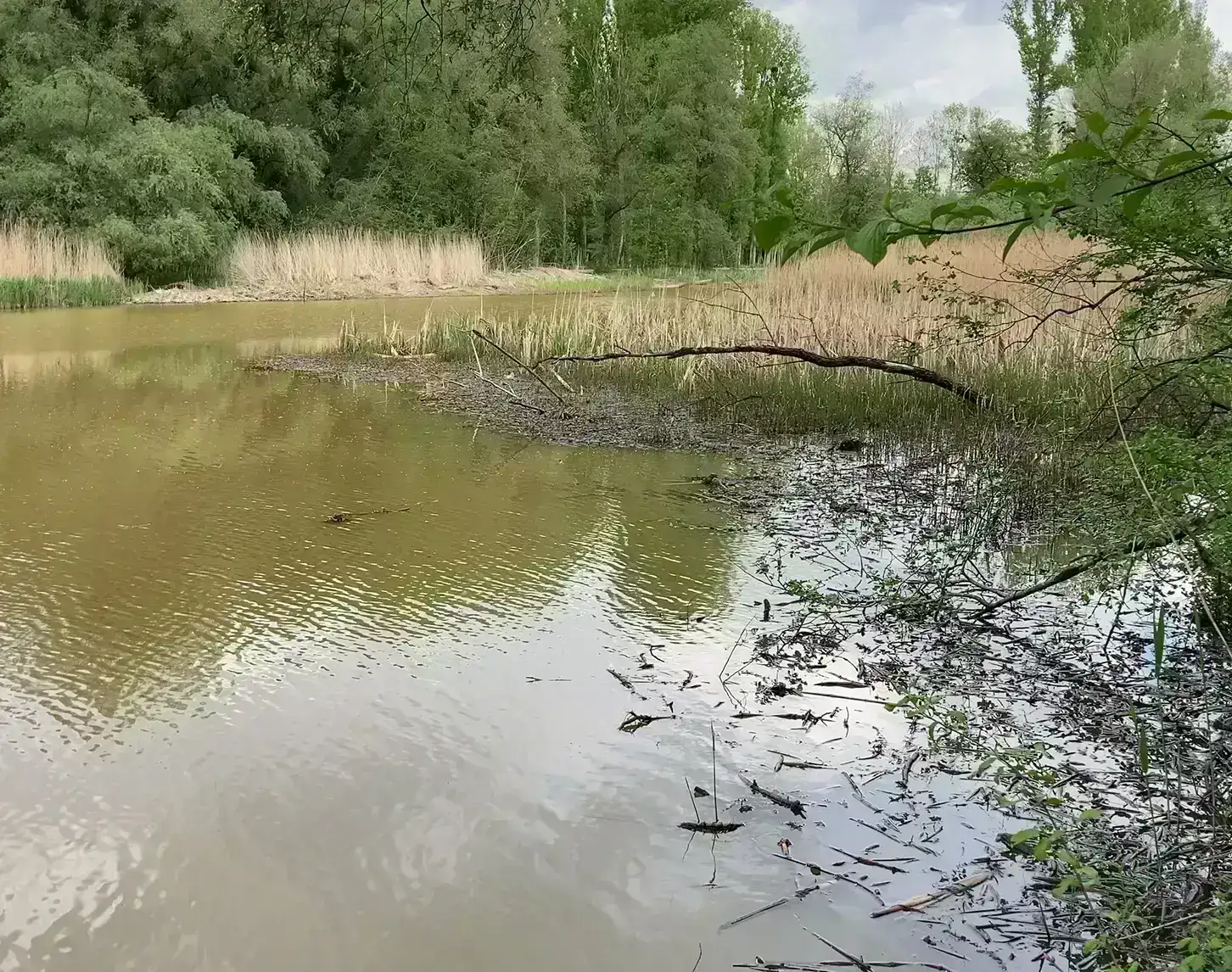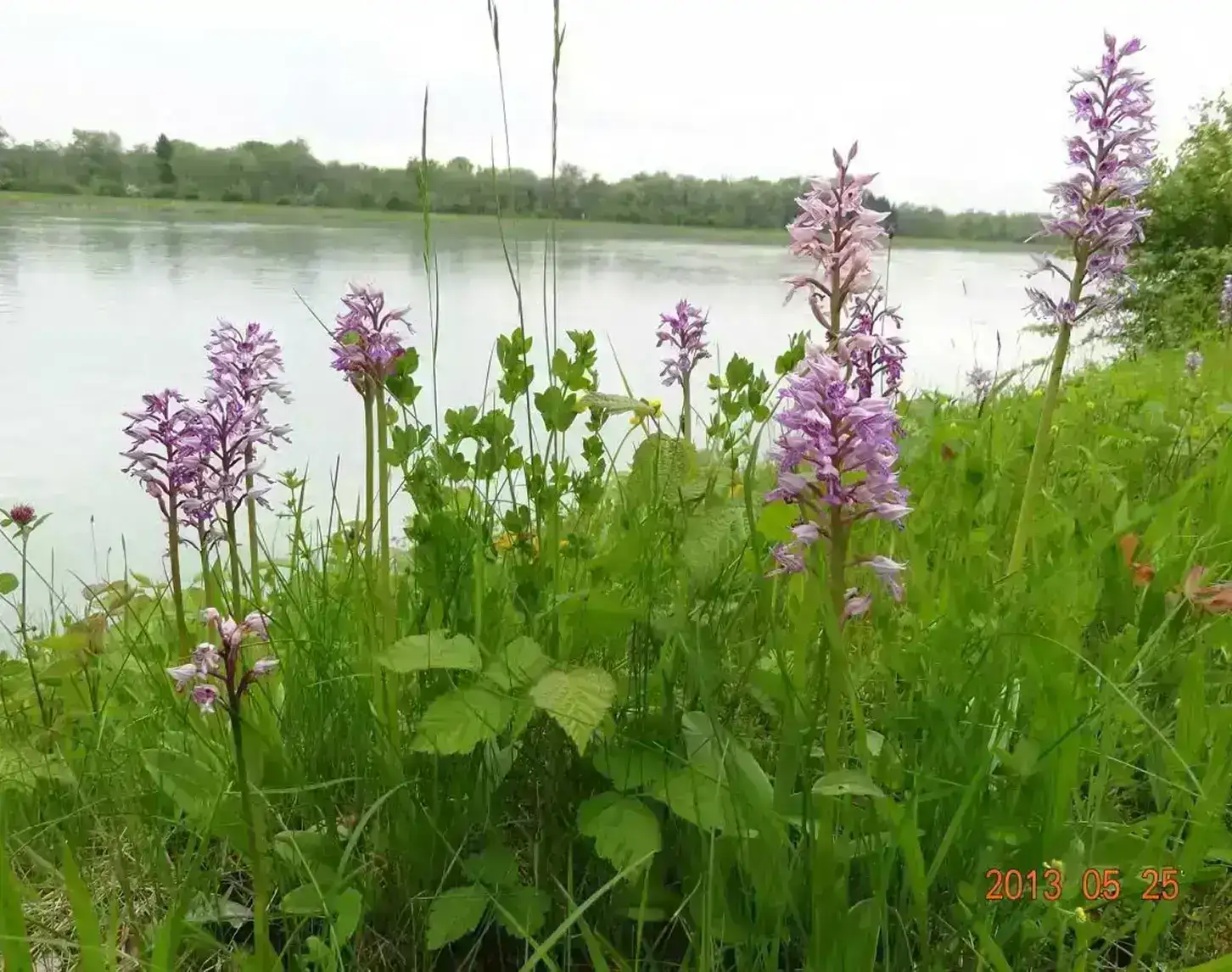Continuity at Braunau-Simbach
A new dynamically doted bypass was constructed from 2023 to 2024 to ensure passability. On the one hand, it establishes passability and also creates new watercourse habitat. The large natural bypass river was created from a study of variants and designed in accordance with German and Austrian guidelines so that the entire fish fauna (all species and all life stages) can swim past the power plant without restriction.
It also provides reproduction areas and juvenile fish habitats for the river fish fauna. In addition to the fish fauna, other animal groups such as gravel-breeding birds also benefit from the newly created gravel banks.
The large near-natural bypass river has a total length of 3.1 km and a width of between 5 and 8 metres. It is also designed with a variety of depths. The discharge varies seasonally between 2 and 8 m³/s and is similar to the natural discharge of a large tributary of the Inn. The highly dynamic nature of the river leads to a constant reshaping of the river bed and banks, creating loose gravel habitats for spawning fish and gravel-breeding birds.
The construction work was designed to be environmentally and climate-friendly. The excavated soil (totalling 110,000 m³) was used within the construction site to create new habitats. This minimised transport routes and vehicle emissions, which benefited the climate, the residents of the surrounding communities and the wildlife.




